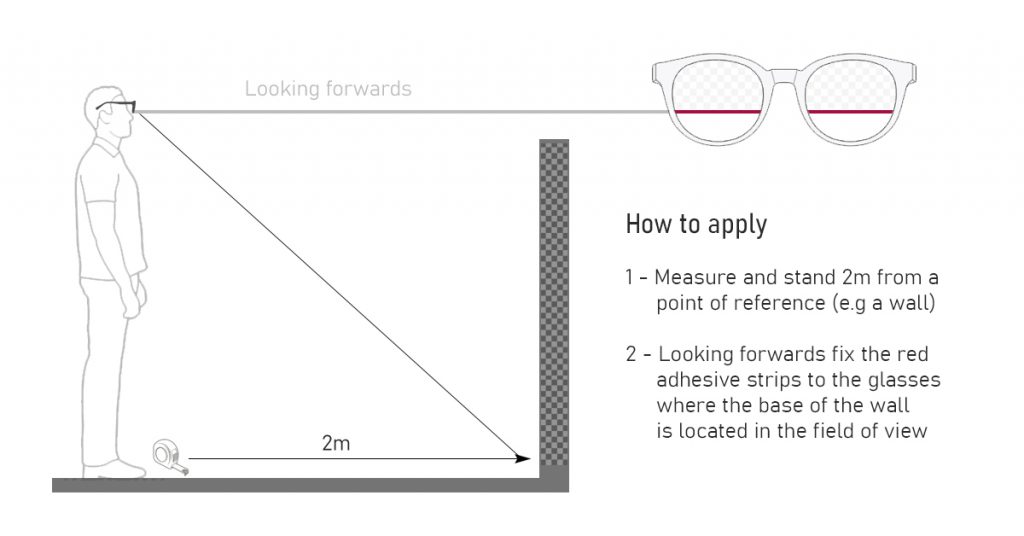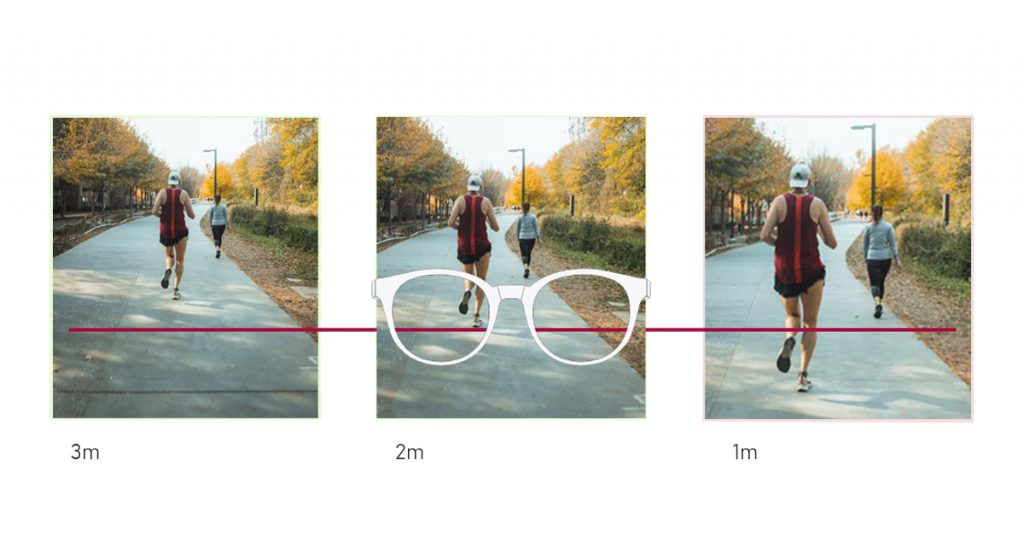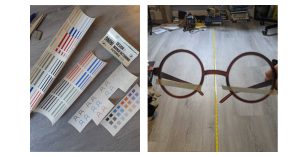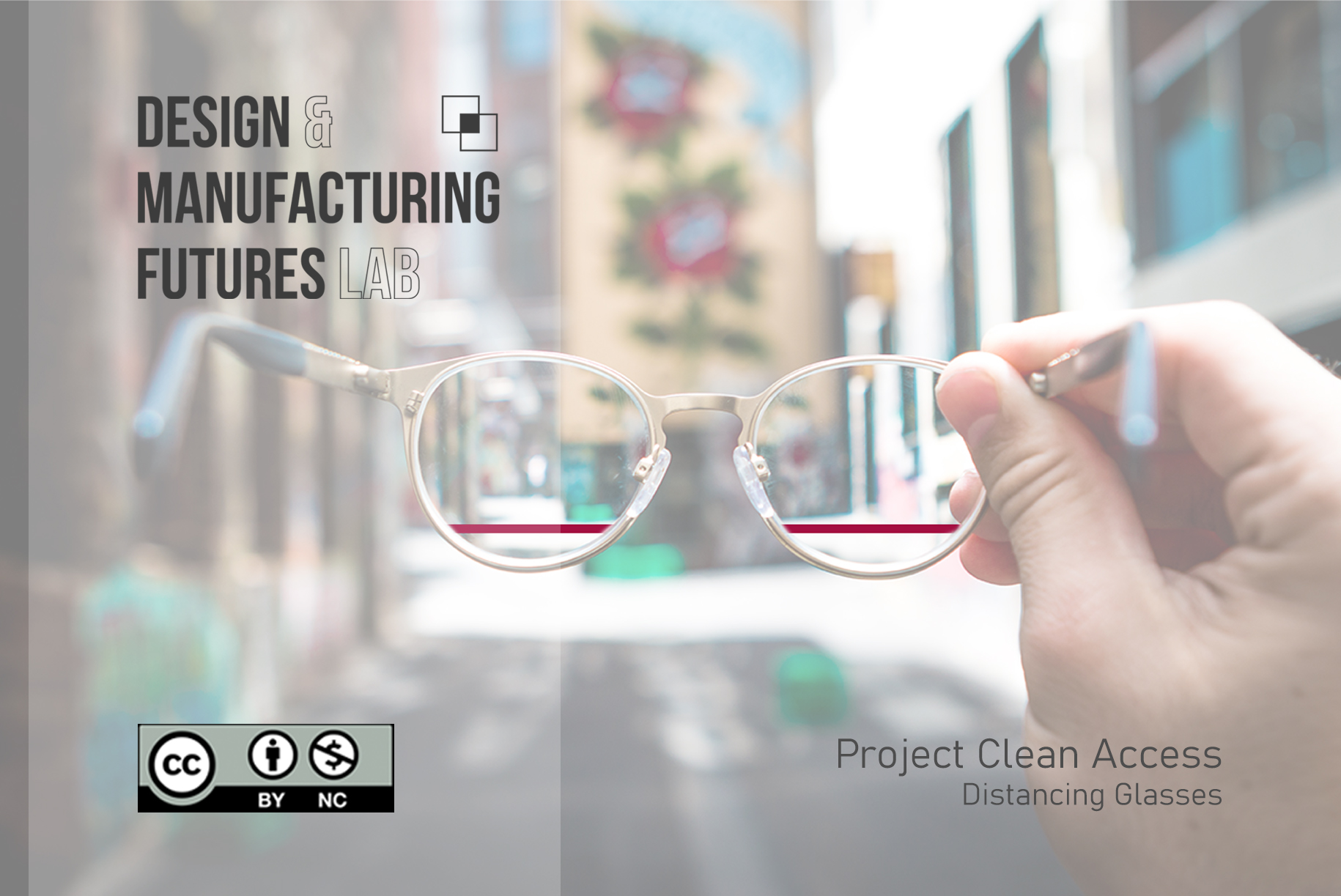Introduced as a measure to prevent the transmission of contagious disease, social distancing, or the act of maintaining a physical distance from others has inadvertently remained a restriction on society throughout this COVID-19 pandemic.
Whilst many have followed guidance such as keeping 2m apart or complying with new and occasionally unclear distanced shopping systems, it’s evident that maintaining a safe distance can at times be challenging.
In our efforts to better understand the practical nuances of social distancing we identify two key factors contributing to distance awareness. Firstly, that not all public and commercial spaces are marked to indicate (and remind of) distancing. And further, that as humans our perception of distance is not always sufficient to tell if we’re getting too close.
To address this many social distancing tools, such as mobile applications and wearable electronic devices have emerged to give users a means of intervention. Where these are of benefit to some, non-smartphone users, and the less technologically inclined may be disadvantaged.
We therefore present an efficient, low cost, and satisfyingly low-tech tool to provide a means of fast distancing using a pair of glasses, a thin adhesive strip, and measuring tape.

The concept; a thin (2mm) opaque adhesive strip is used to physically augment a piece of eyewear (for example a pair of glasses or surgical visor) overlaying a fixed reference point in the user’s field of view.
Correctly calibrated the retrofitted glasses can give the user a visual 2m distance marker, with real-time synchronisation! By simply lining up the red mark in view with the shoes of a person ahead, a measure of distance can quickly be taken.

In development a number of concepts were tested (pictured below) finding an opaque high contrast colour strip of no less than 2mm, to deliver the clearest results. Strips can be mass manufactured for distribution at low cost or alternatively made at home with household items. An early prototype made with masking tape is pictured below.

Samples of the printed distancing strips were sent to test with different members of the Lab, we found that whilst the strips can aid in measuring a distance of 2m with a repeated good result (+/- 10cm), considerations must be made as to their use. Foremost, that accuracy is dependant on correct calibration, where in some cases assistance could be required to fit the strips correctly. The accuracy of measurement further depends on the reproducibility of calibration settings, to take a measurement the user should keep the glasses in the calibration position and looking forwards.
As an initial proof of concept we’re pleased with the outcome of this simple solution, feel free to try for yourself and let us know what you think.

